Use Of Child Care Fire Fighting Equipment
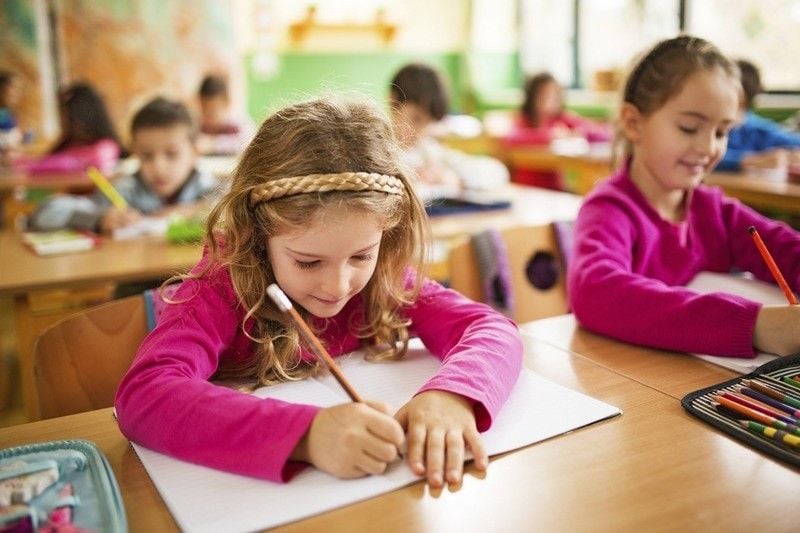)
When we talk about the roles of child care workers, it is a given that they are solely responsible for the child's development ensuring they get exposure to the best learning environment in their first few years. However, it seems that educating them in Child Care Fire Fighting Equipment isn't the only responsibility there is.
However, it seems that educating them isn't the only responsibility there is. Talk about fire safety and emergency training courses, day care staff now take further steps to a child's development.
Why Should Child Care Staff Be Trained?
While fire incidents are considered unpredictable, the need for fire safety training increases. Any operating establishment should find the need to protect their assets and the people in it. The amount of loss from a fire incident is definitely higher than investing in Child Care Fire Fighting Equipment equipment and systems. This is why building managers and owners of centres cannot risk a scarce supply of safety equipment.
Alongside the risk factors are the mandatory requirements set by the Building Fire Safety Regulation. To ensure the safety of the workers and everyone else in the building, training programs are set out to teach important, up-to-date knowledge of potential emergencies in the child care centre. The program provides a sense of preparedness for child care workersto deal with any fire incident.
Learning About Fire And Extinguishers
Above all else, it is necessary to learn the main components and functions of Child Care Fire Fighting Equipment. The ability to fight fire lies in the knowledge of using them, so first learn how to classify the types of fire with their respective extinguishing agent:
Class A fires: ordinary combustibles like paper and cloth
Suppressing agents: water, foam, powder ABE and wet chemical extinguishers
Class B fires: flammable liquids like chemical-based cleaning products
Suppressing agents: Powder ABE and BE, or foam
Class C fires: gases like LPG, butane, and propane
Suppressing agents: Powder ABE and BE
Class D fires: combustible metals like aluminum
Suppressing agent: dry powder
Class E fires: energised electrical equipment
Suppressing agents: Carbon Dioxide or foam
Class F fires: unsaturated cooking oils
Suppressing agents: wet chemical
By determining the type of flame, you can easily spot the right fire extinguisher assigned to it. A colour is assigned to each suppressing agent for easier identification:
- Oatmeal wet chemical
- Red water
- Blue foam
- Black CO2
- Yellow vaporising liquid
- White powder
It is best to familiarise these extinguishers with their matching flammable materials for a comprehensive understanding of fire emergencies and to better prevent injury in case of fire. A more detailed lecture will be provided during the training.
Using Fire Extinguishers
Ideally, staff is taught how to correctly use a fire extinguisher. By using the acronym PASS, training is made easier.
Pull the pin at the top of the extinguisher used to lock the handles
Aim the nozzle at the base of the fire
Squeeze the handles to release contents from the extinguisher
Sweep the nozzle side to side for faster and more effective performance
Evacuating
The evacuation process requires a lot of practice and alertness. Be quick in instructing and assisting children to the exit doors and evacuation areas. Don't forget to close doors and windows to confine the fire. Before extinguishing fire, ensure the safety of the children first. Only when the fire is controllable does it qualify as the first action before evacuation, which is the main reason alertness is a key practice.
Preparing Emergency Kits
As the primary guardians of the children in the centre, preparations are made mainly for the safety of these kids and continuous care after evacuation. Therefore, Child Care Fire Fighting Equipment evacuation kits should be ready for the children's necessities. Contents include nappies, water, basic first aid kit, blankets, toys, torch and parents contact numbers.
Teaching Fire Drills To Children
Part of the training program is instilling awareness to the children. There are ways to teach serious matters to children while maintaining a fun learning environment. Using standard practices, children are taught how to put off fire caught on their clothes through "STOP, DROP, ROLL" practices, and how to evacuate using "GET DOWN LOW AND GO, GO GO." It is advisable to do this every three months for effective learning. Also, keep records of these practices with corresponding evaluation for each.
Executing First Aid For Burns
First aid knowledge is a highly useful tool in child care centres especially during fire incidents. If a child has a burnt skin, run it with cold water or cover it with a towel soaked with cool water. Make sure the water temperature isn't freezing, but just cool enough. Prioritize the child for medical assistance once ambulance arrives.
Having the right training can provide the participants with the skill, knowledge, and experience to fight the fire. It will certainly boost the safety of your centre and provide peace of mind to the entire staff. That is why part of what we do is to teach your employees proper use of Child Care Fire Fighting Equipment. More info here.

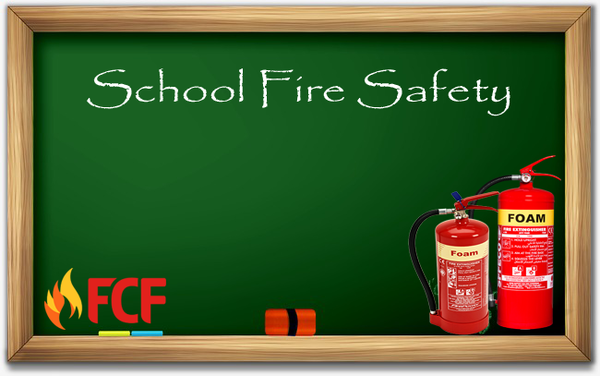
)
)
)
)
)
)
)
)
)
)
)
)
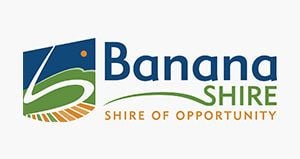)
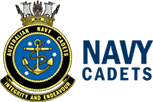)
)
)
)
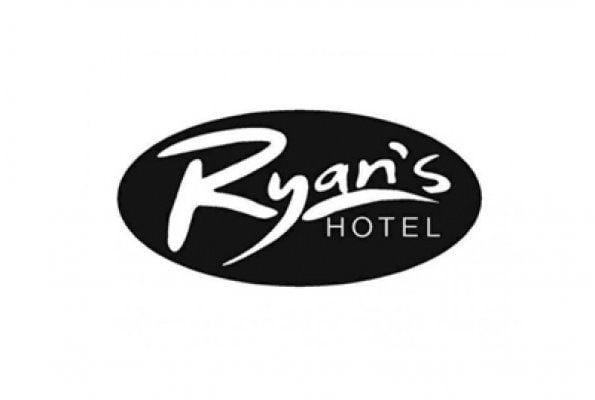)
)
)
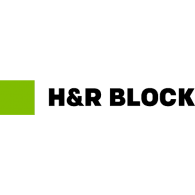)
)
)
)
)
)
)
)






